Tel al-Salhiyeh/Dura Europos تل الصالحية/دورا آوروبس
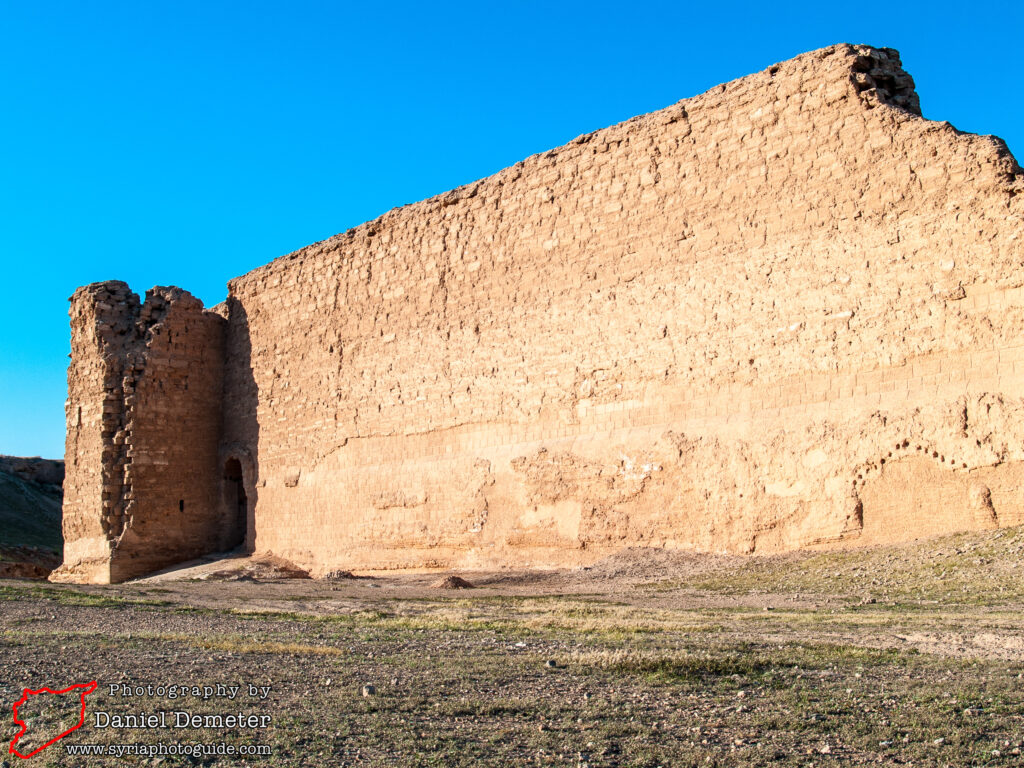
Tel al-Salhiyeh (تل الصالحية) is the modern name for the ancient city of Dura Europos (دورا آوروبس). Located in the Euphrates river valley between the modern town of al-Mayadin (الميادين) and the Iraqi border, the ruins of Dura Europos (دورا آوروبس) are perhaps the most impressive of all archaeological sites in the countryside of Deir al-Zur (دير الزور). While the remains are in a generally poor state of preservation today, the massive scale of the settlement can be easily appreciated as most of the city’s defensive walls and towers remain intact.
The site was founded in 303 BC by the Seleucids to control important trade routes, both along the Euphrates and by land across it. Dura Europos (دورا آوروبس) was initially constructed as a fortress, and was at the center of a network of military colonies established to secure Seleucid control over the region. It wasn’t until the mid 2nd century BC that a planned city was established here. That city, following the typical grid plan, was never fully completed. The name “dura” meant “the fortress” in Old Semitic, while Europos referred to the birthplace of Seleucus I Nicator of Macedonia.
Seleucid control weakened over the following centuries with the rise of the Parthians to the east. By 141 BC the Parthians had pushed their frontier westwards as far as the Euphrates, and Dura Europos (دورا آوروبس) took on an increasingly eastern character as the original Macedonian and Greek settlers became outnumbered by Semitic peoples. The city made necessary concessions to avoid military conflict, and by the 1st century BC it had come under Parthian control without a fight. It remained a Parthian city when the Romans took control of Syria, agreed to under a treaty between Augustus and the Parthians in 20 BC.
The Romans briefly occupied the city in 115 AD during an ill-fated attempted to conquer Mesopotamia from the Parthians, and the city quickly returned to Parthian control. An earthquake in 161 AD severely damaged the city, however, making it vulnerable to attack. Dura Europos (دورا آوروبس) was captured by the Romans in 165 AD and incorporated into the Roman province of Syria. The Romans built up the military garrison and developed the northern quarter of the city, where they built a theater, baths and a barracks.
Throughout this period the city maintained an incredibly diverse, multicultural population. Inscriptions have been found in Greek, Latin, Aramaic, Hebrew, Syrian, Hatrian, Palmyrenean, Safaitic, Pahlavi and Middle Persian. The city contained temples dedicated to Greek, Roman and Palmyrene gods in addition to a Jewish synagogue and very early Christian church. The city, being on important trade routes, saw a high level of commerce and developed a strong merchant class. Dura Europos (دورا آوروبس) remained under Roman control until a siege by the Sassanians destroyed the city in 256-257 AD, an attack from which it never recovered.
The site was rediscovered by an American expedition in 1885. Major excavations were carried out in the 1920s and 1930s by French and American teams, before they were interrupted by World War II. Excavations and restorations were resumed in 1986 and continued until recently. Finds from Dura Europos (دورا آوروبس) have been distributed to the museums in Deir al-Zur (دير الزور) and Damascus (دمشق), with the more significant artifacts to be found in the latter. Many artifacts from the site are also in the Louvre in Paris and with Yale University in the United States.
The Jewish synagogue at Dura Europos (دورا آوروبس) was dated by an Aramaic inscription to 244 AD, and was one of the best preserved from the period when discovered in 1932. The magnificent wall paintings from the interior have been moved to the National Museum (المتحف الوطني) in Damascus (دمشق). The nearby church contained frescoes which are possibly the most ancient surviving paintings in Christianity (dating back to 235 AD). Both of these buildings were particularly well preserved because the Romans filled them with rubble in order to provide greater strength for the defensive walls during the Sassanian siege.
Given the extensive scale of the city, it is recommended to allow at least a couple hours to fully explore the site. Aside from the defensive fortifications, which remain in good condition, many of the city’s mud-brick constructions have deteriorated since being exposed to the elements. Because of this, it is highly recommended you visit the site with a knowledgeable guide or at least a guidebook which covers the site in depth. It is otherwise difficult to fully appreciate the remains.
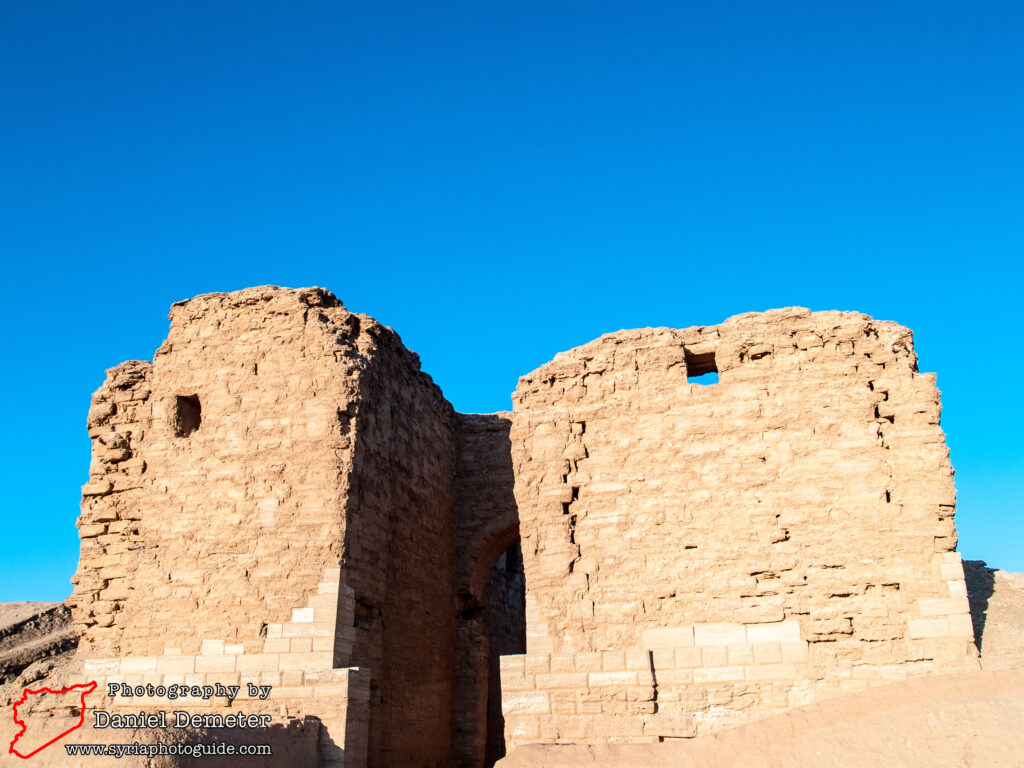
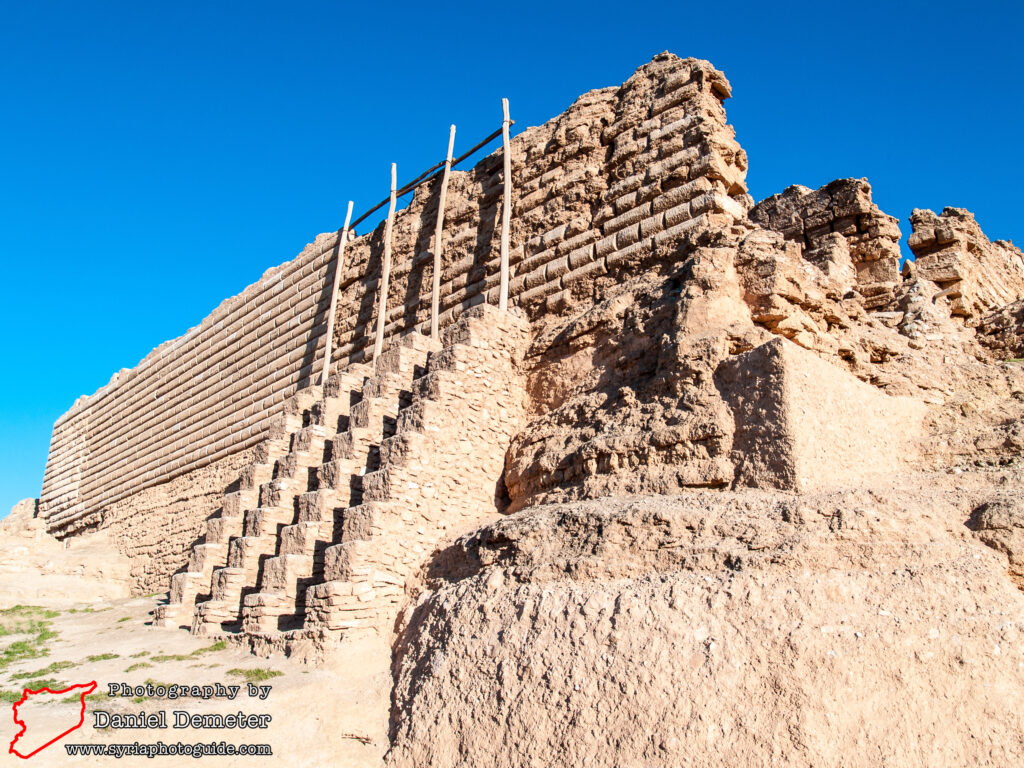
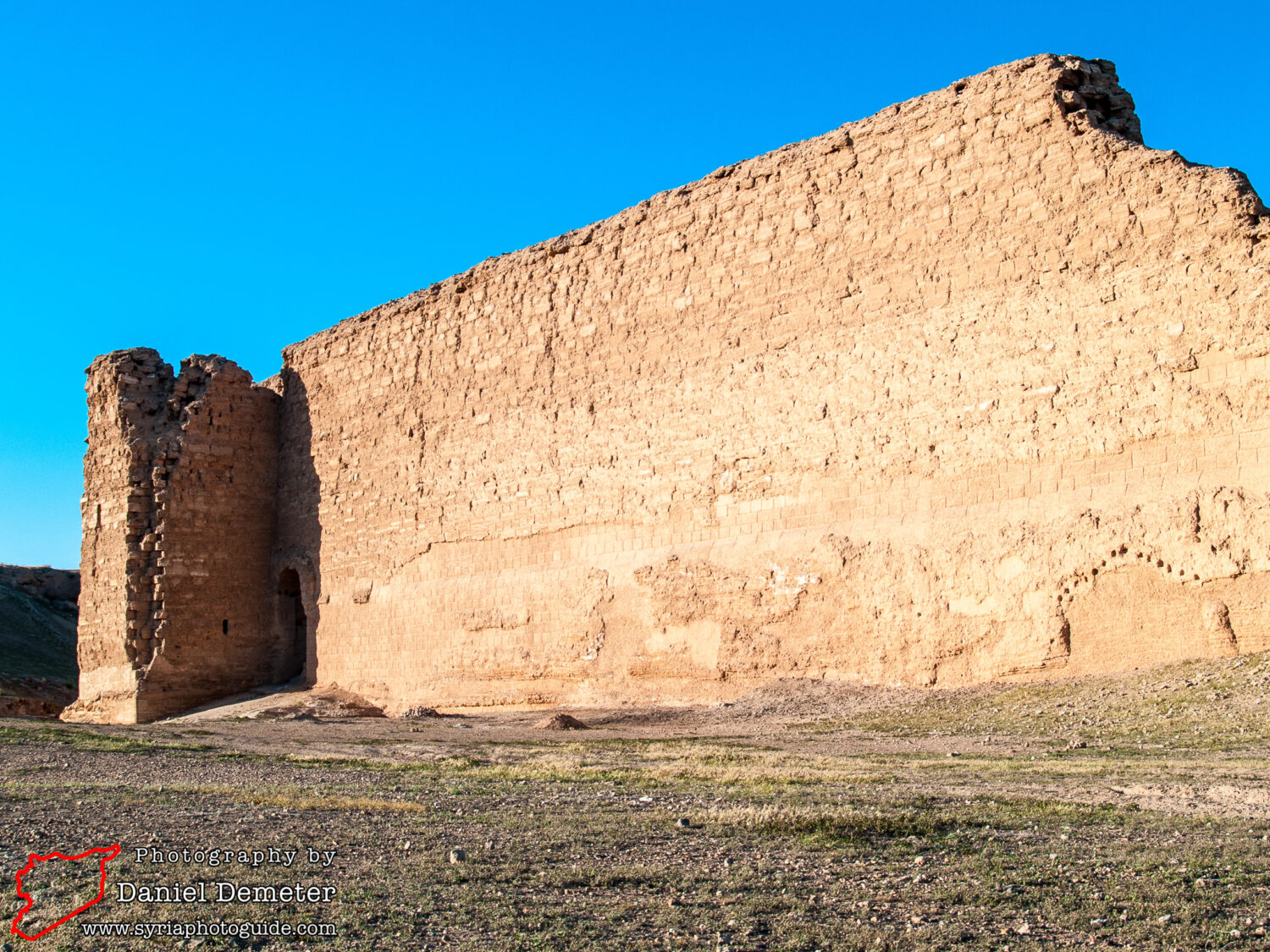
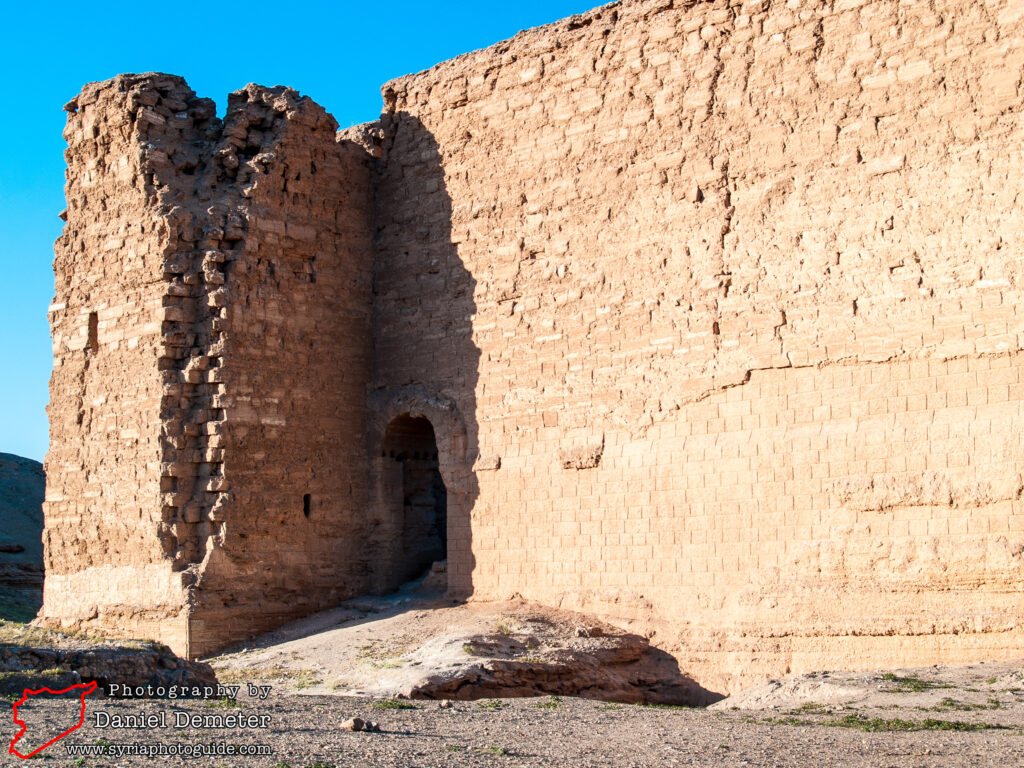
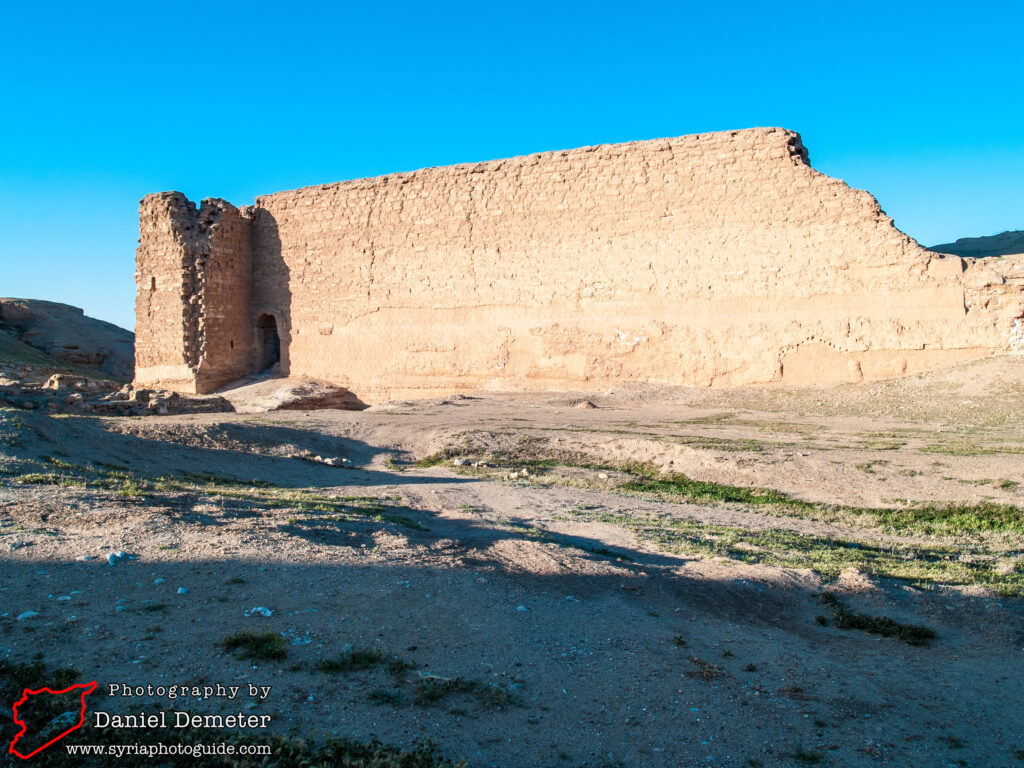
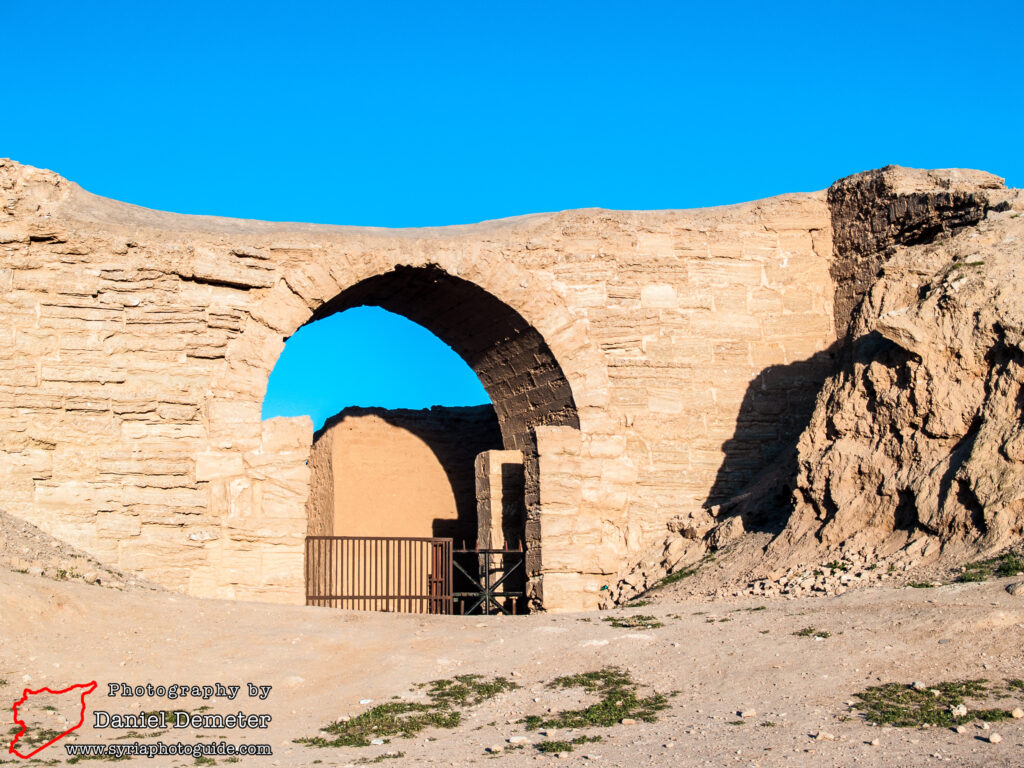
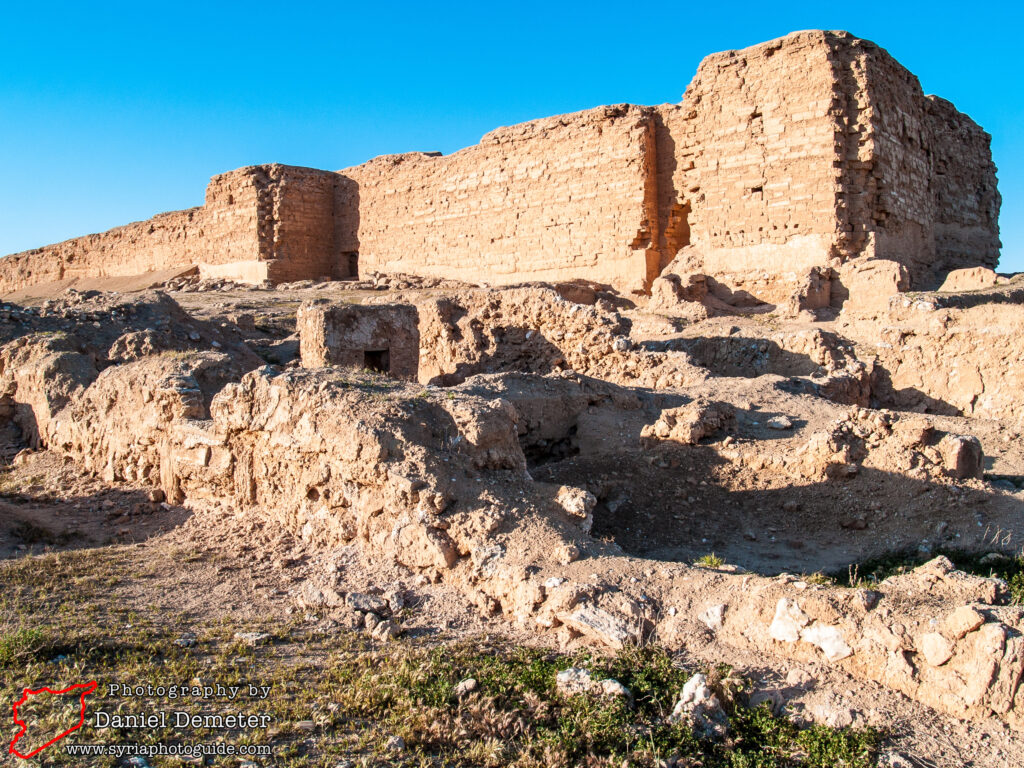
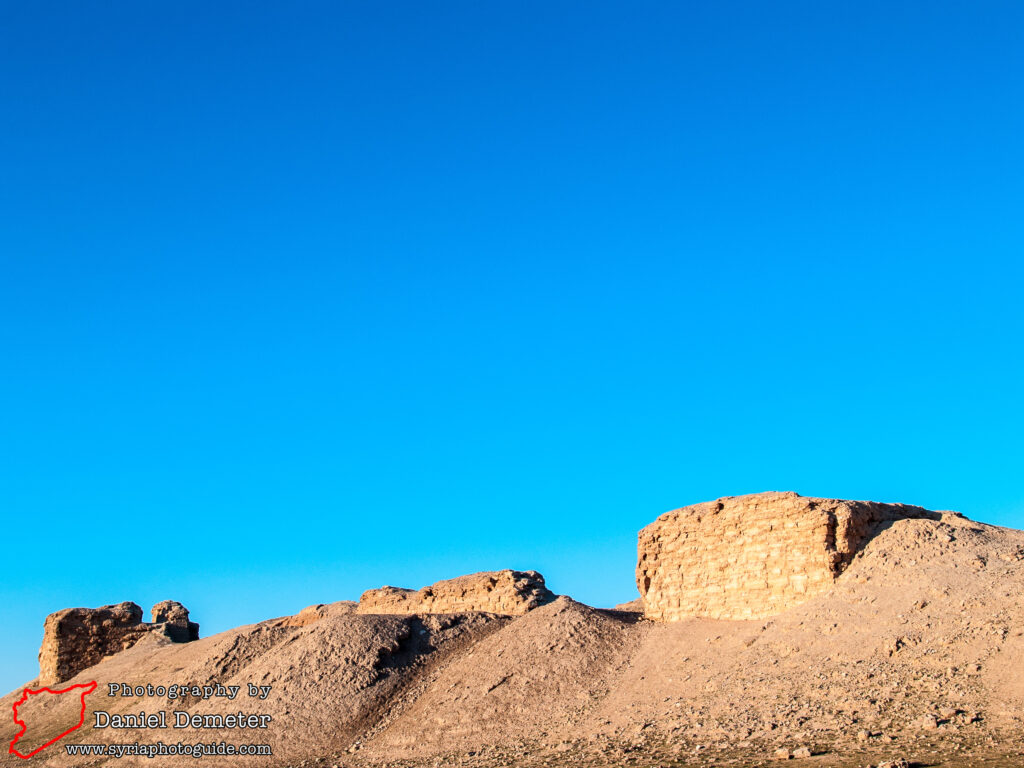
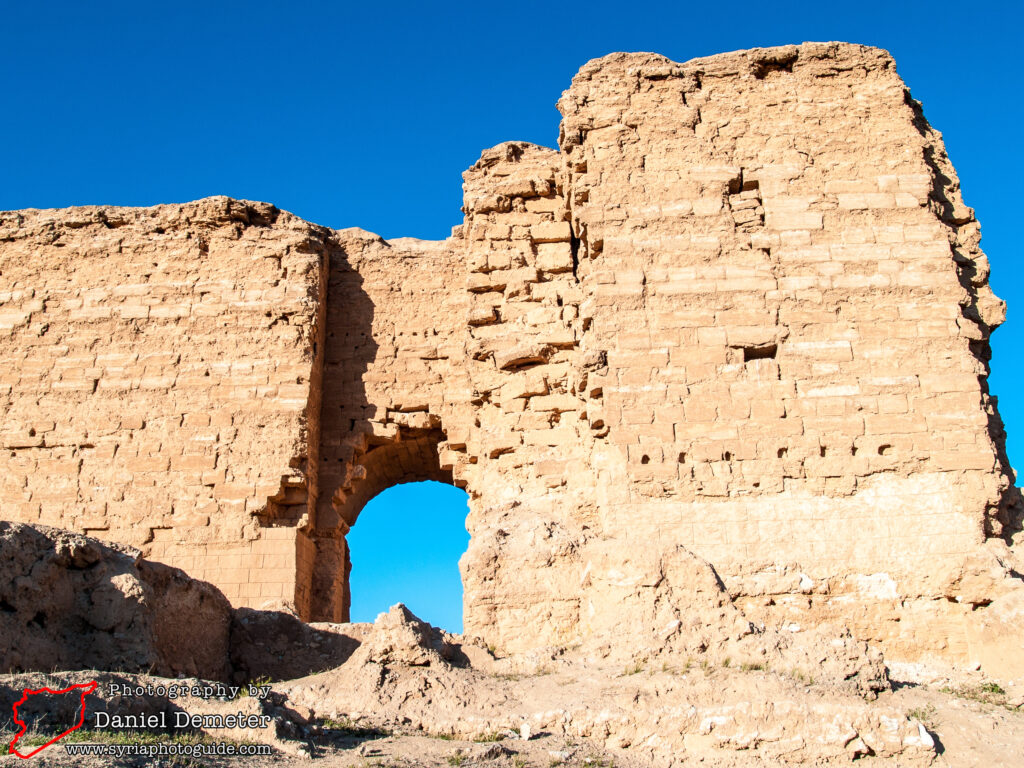
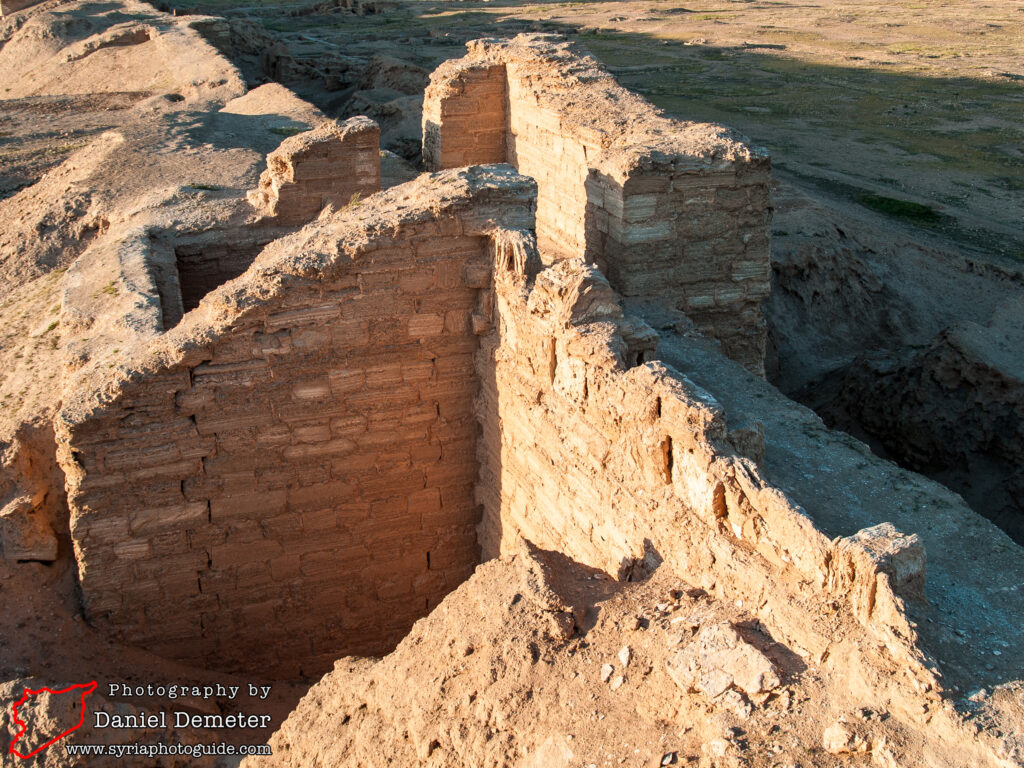
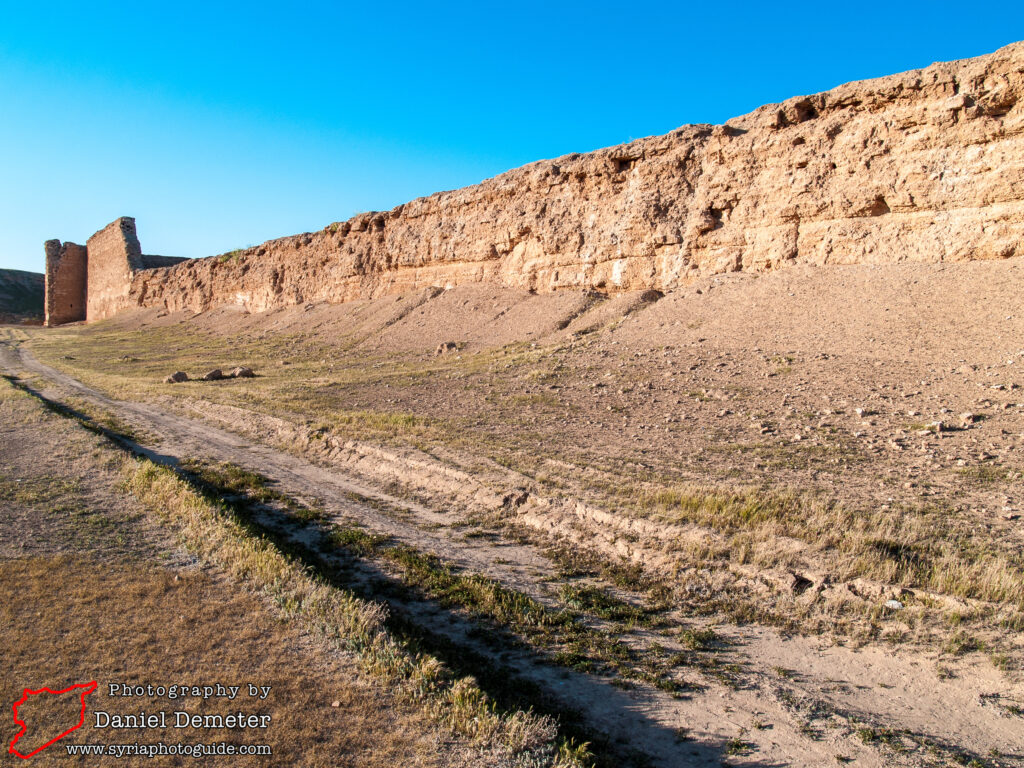
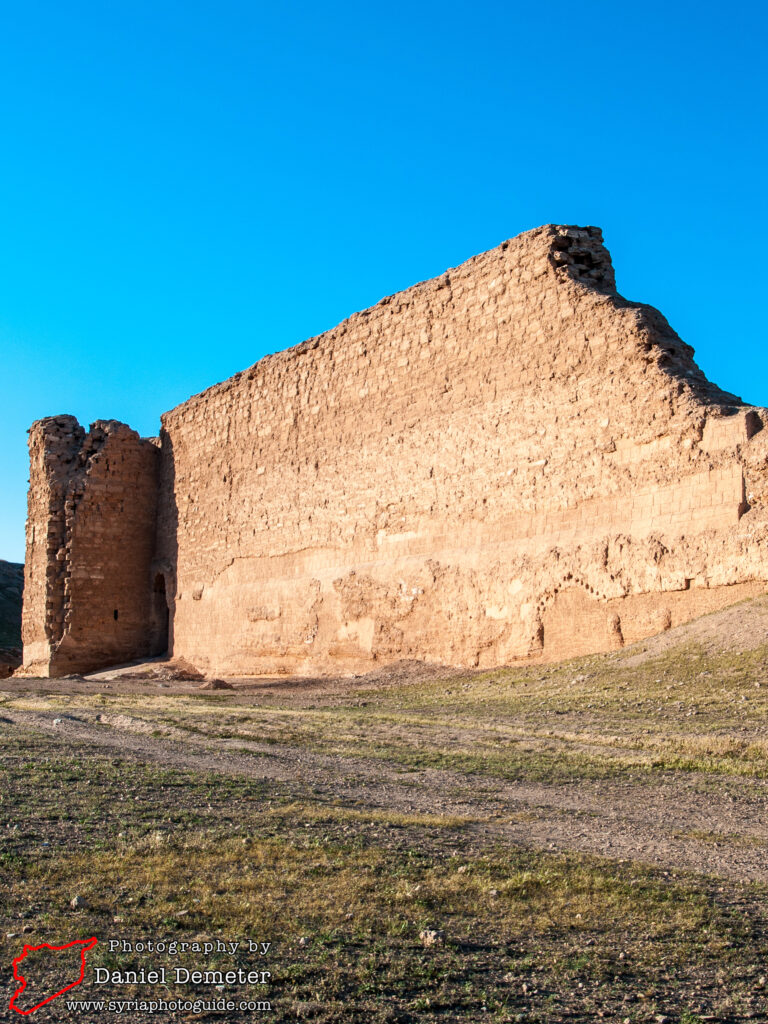
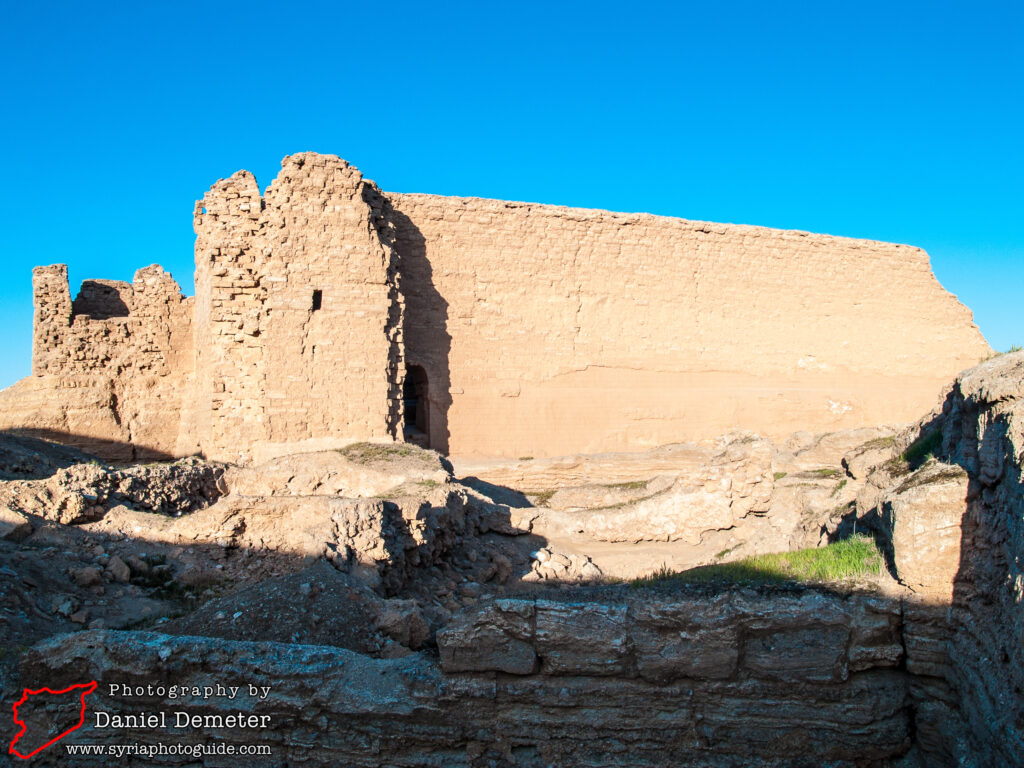
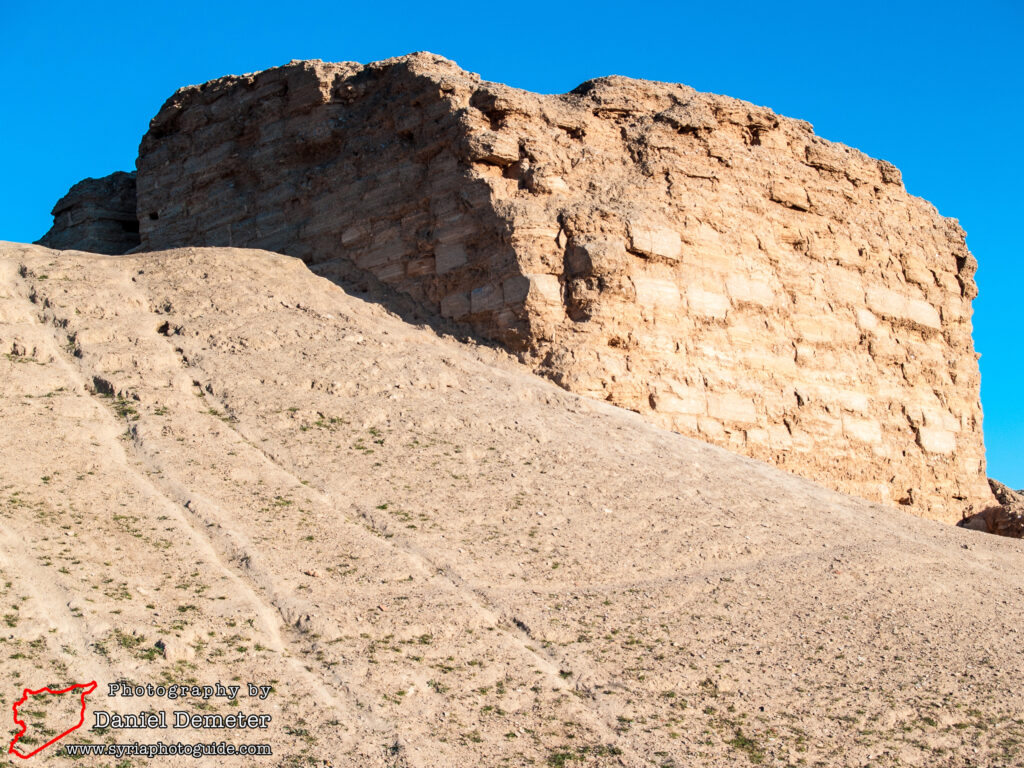
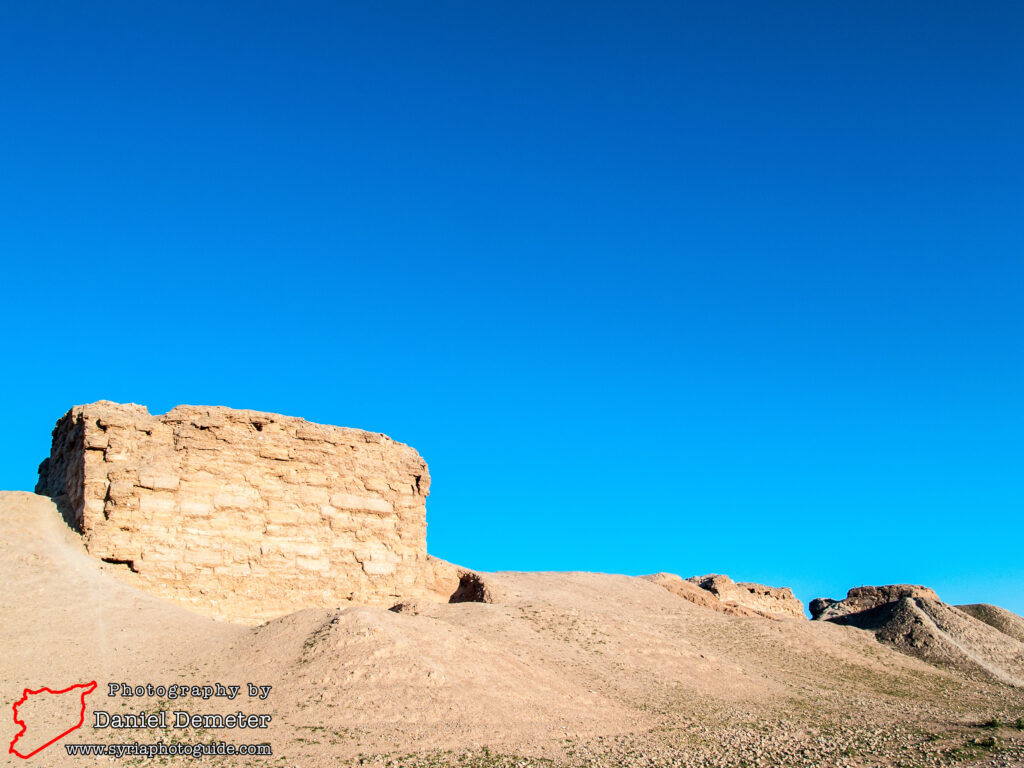
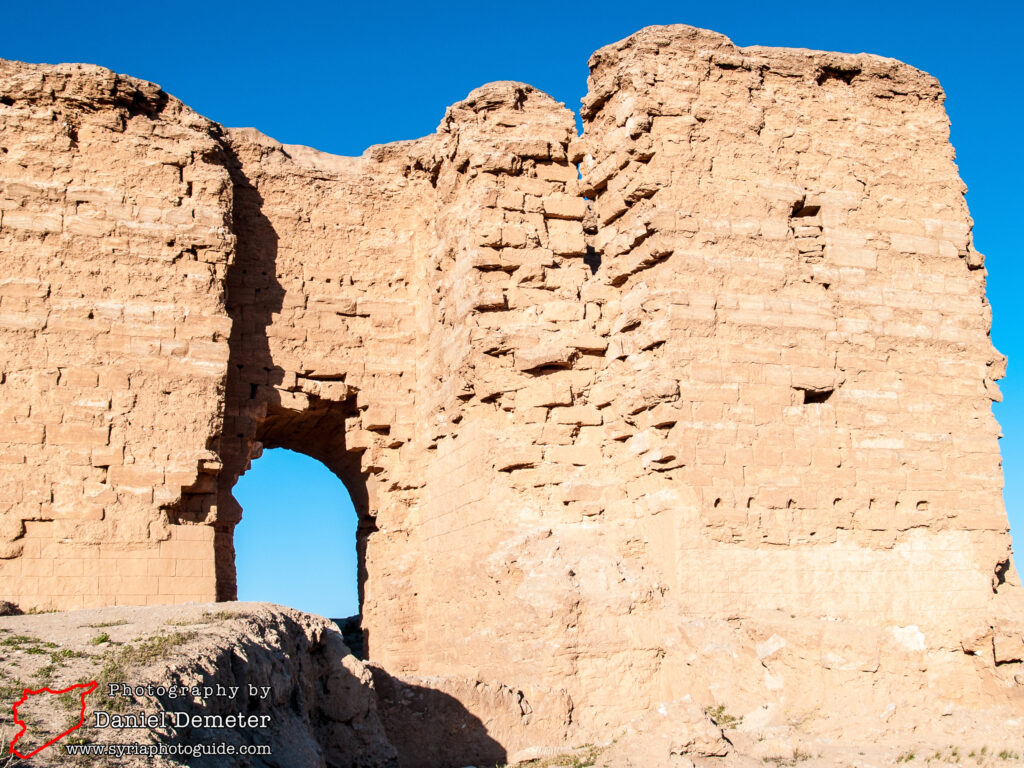
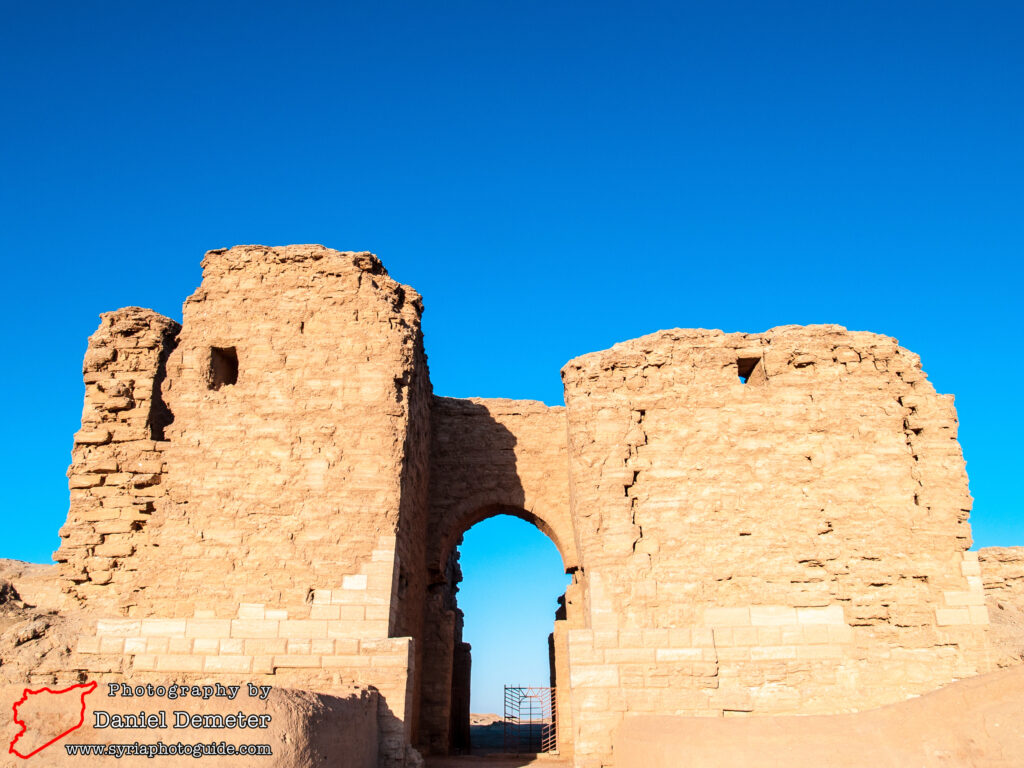
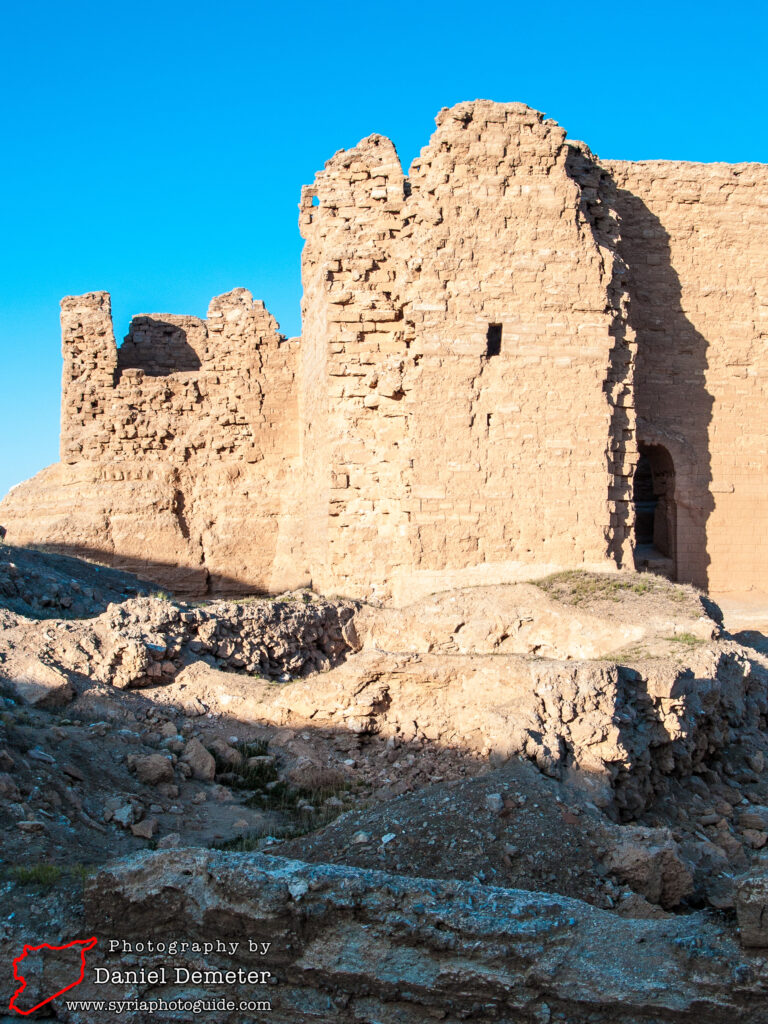
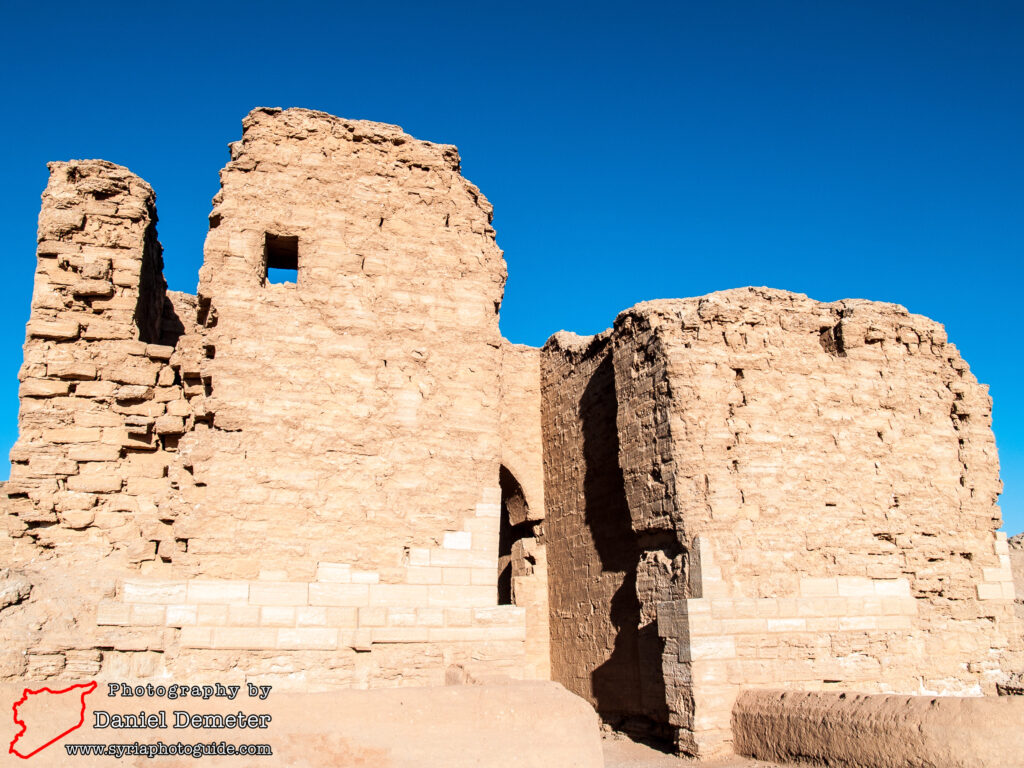
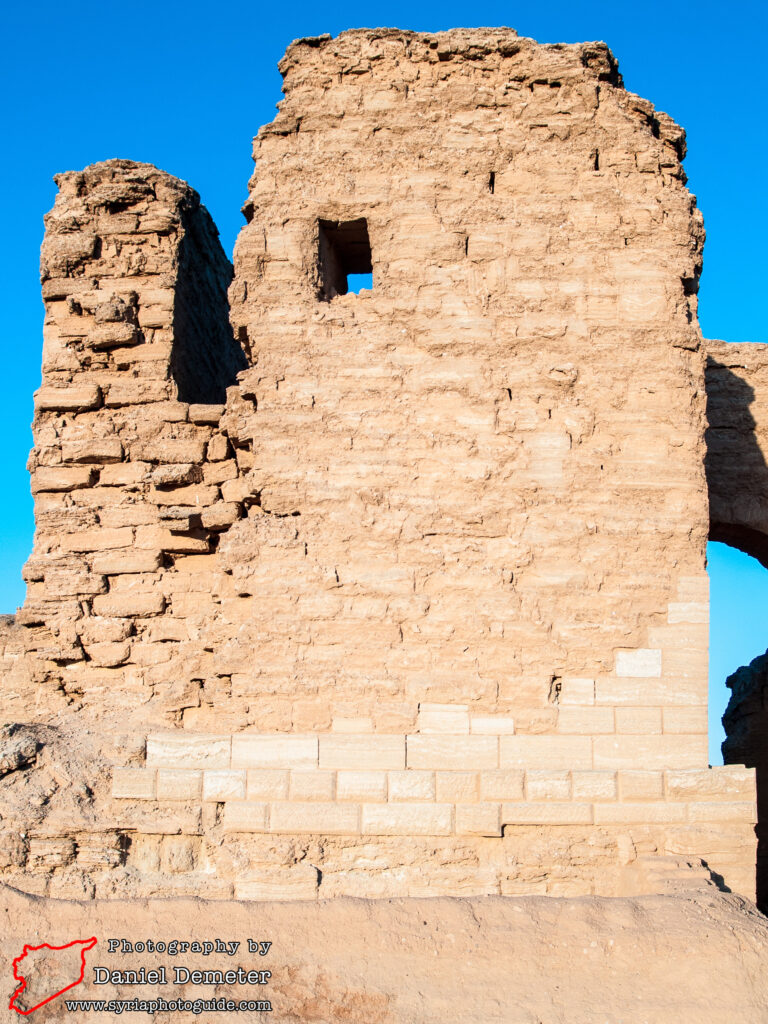
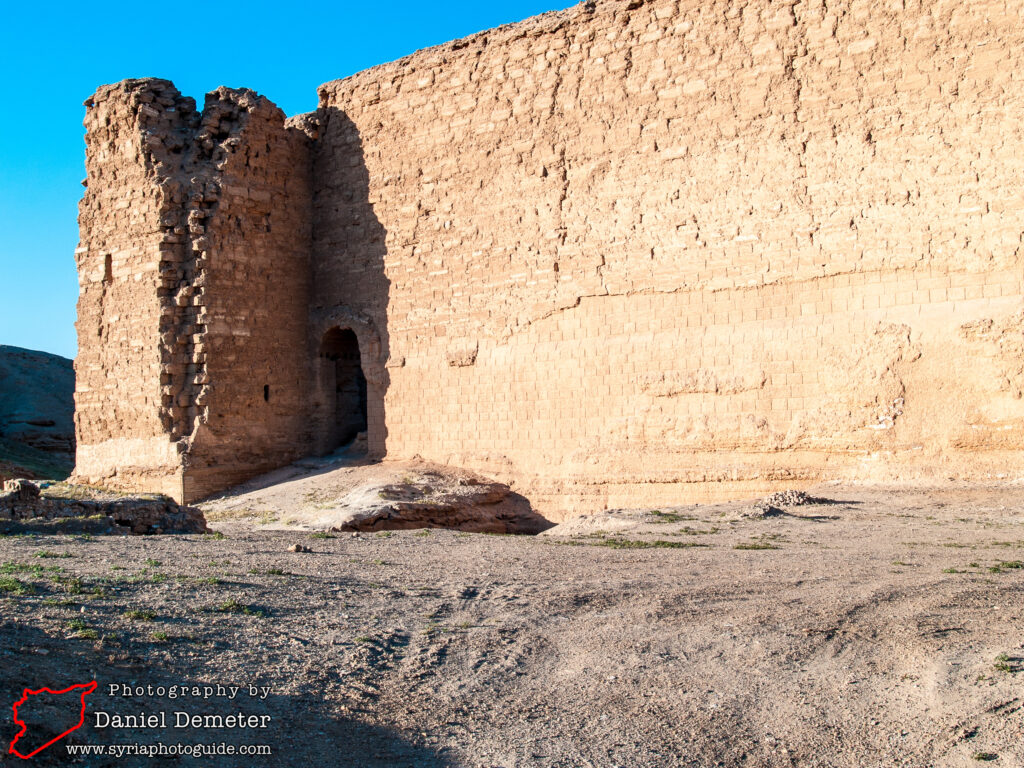

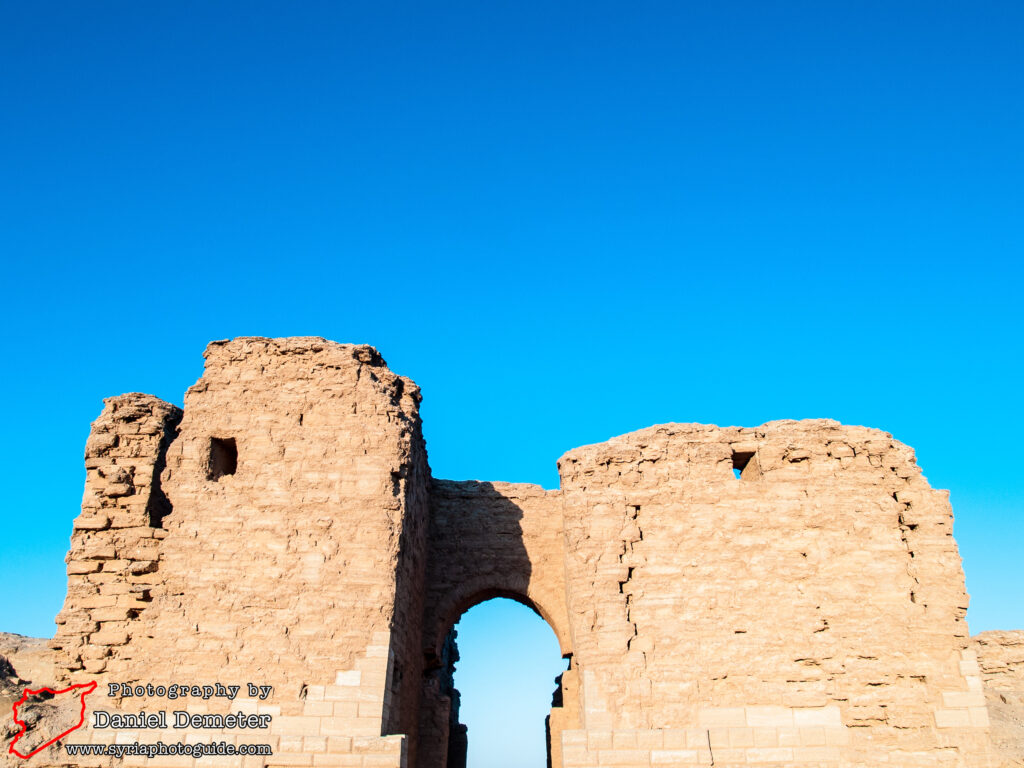
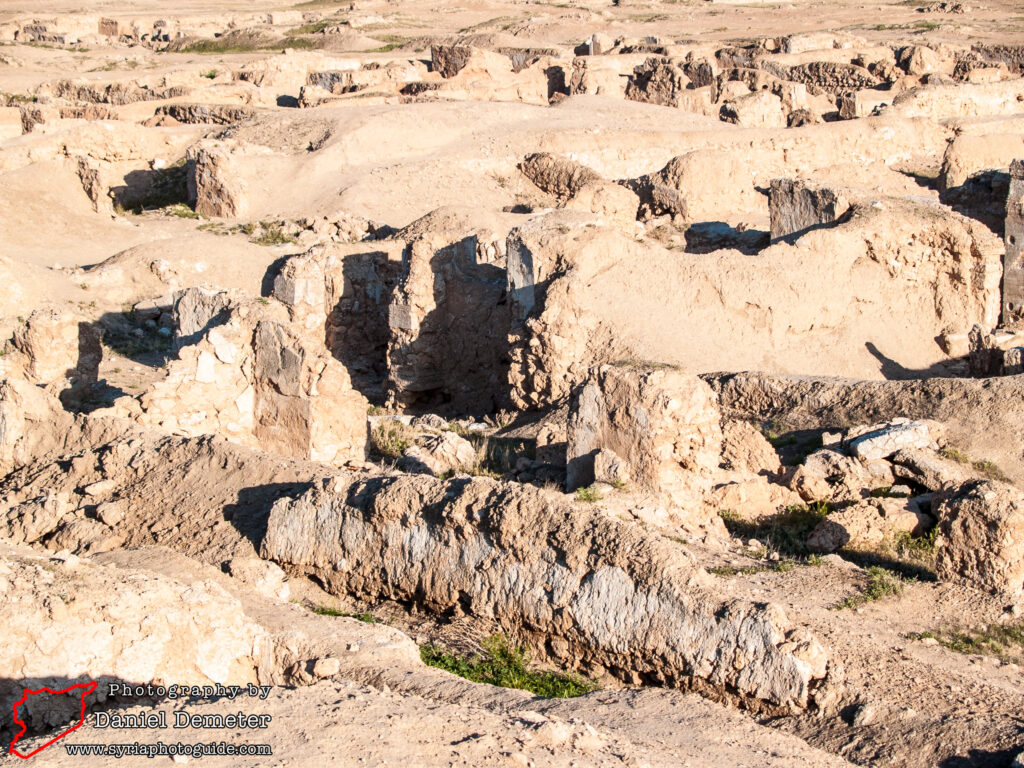
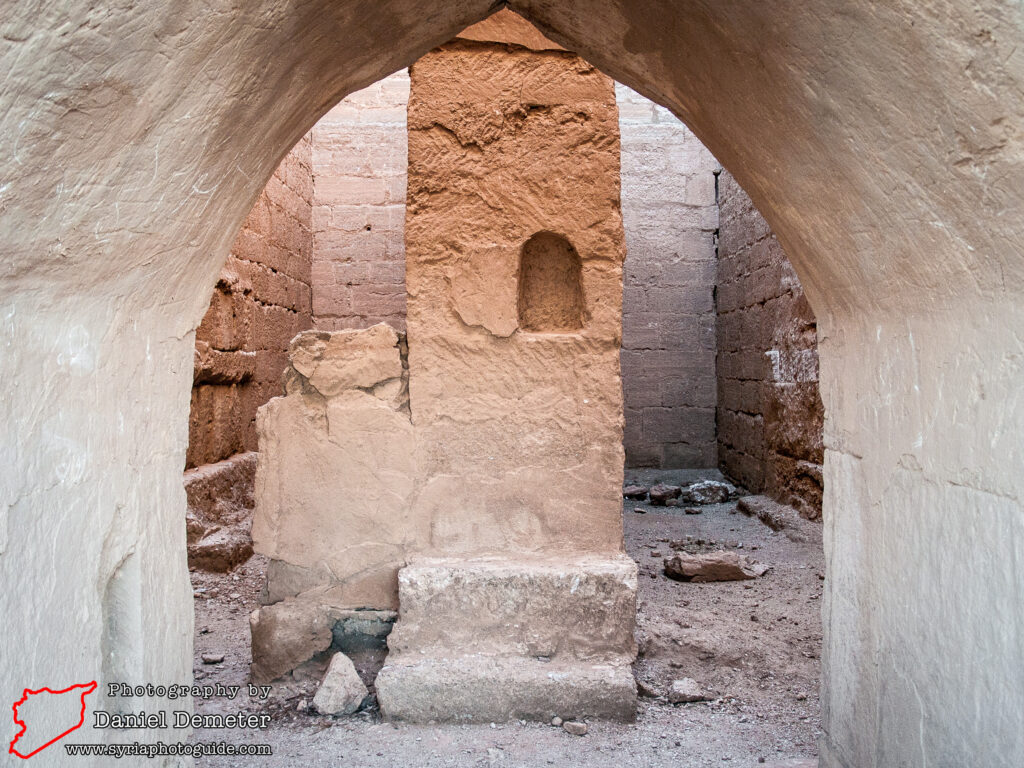
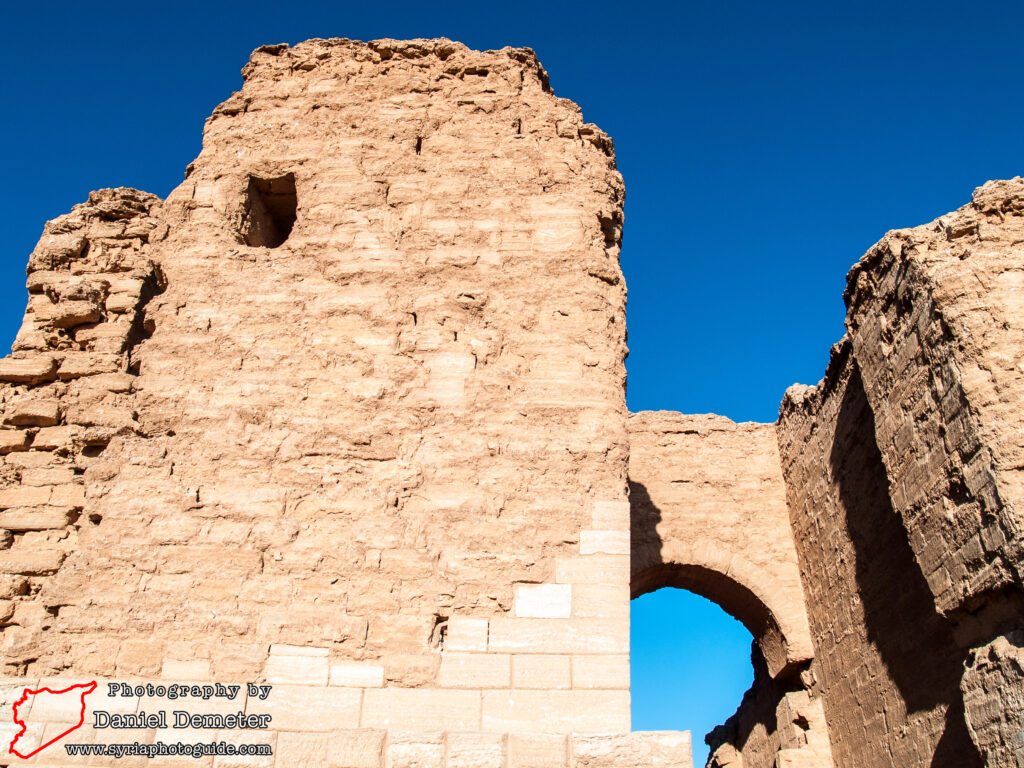
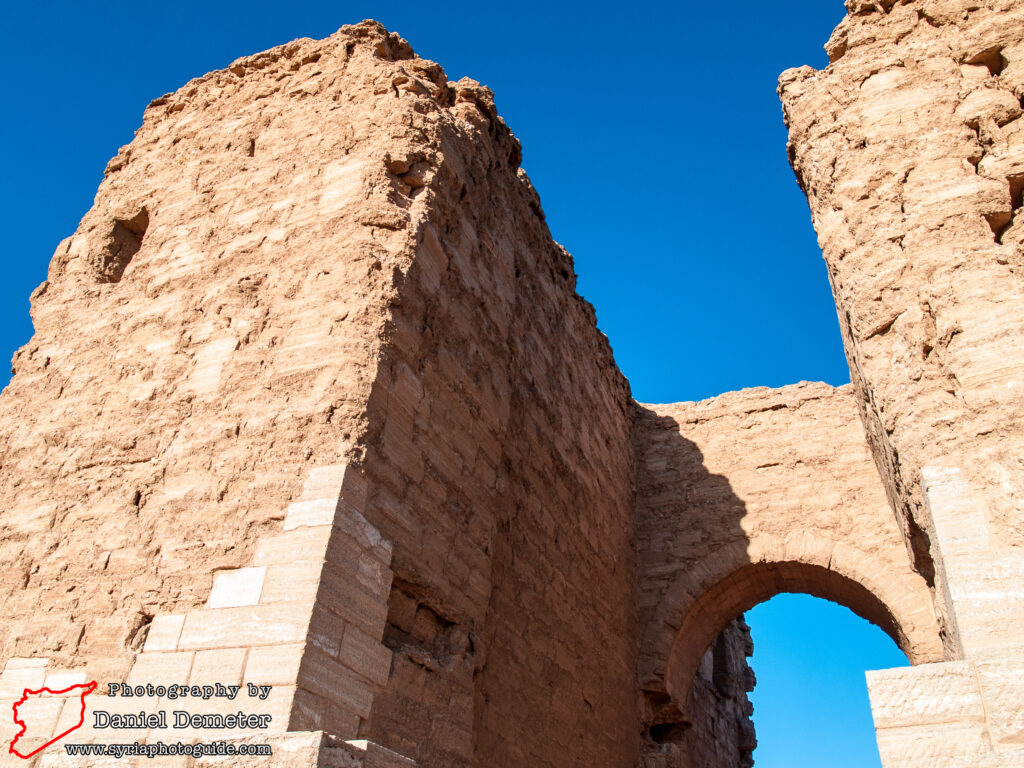
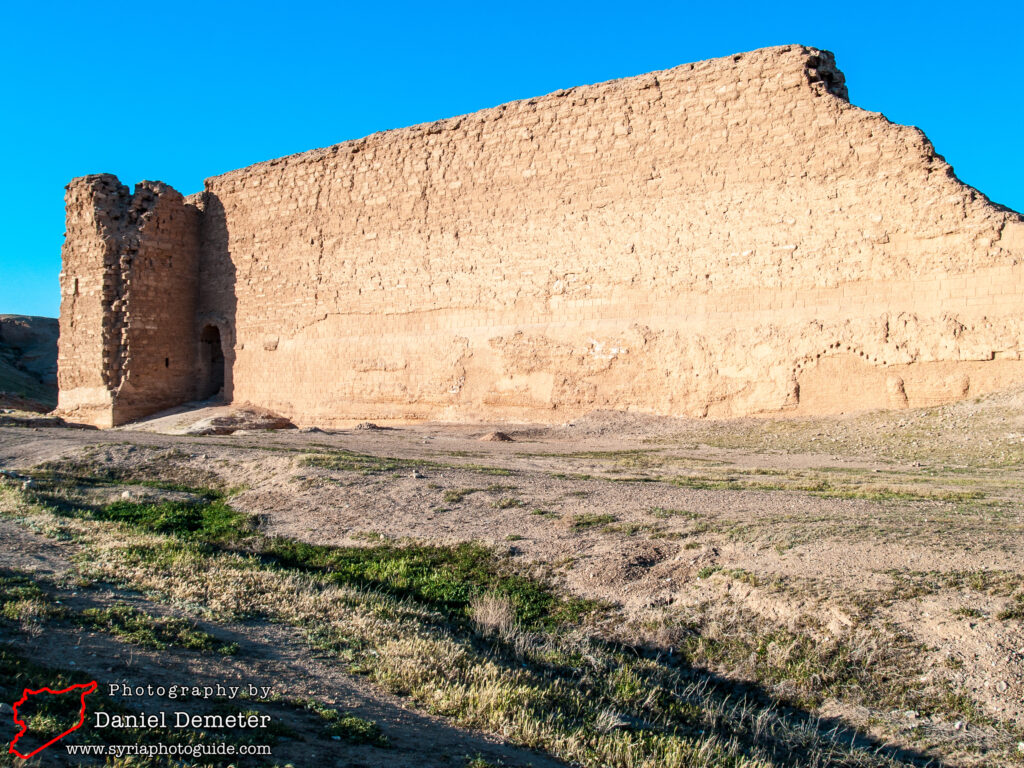
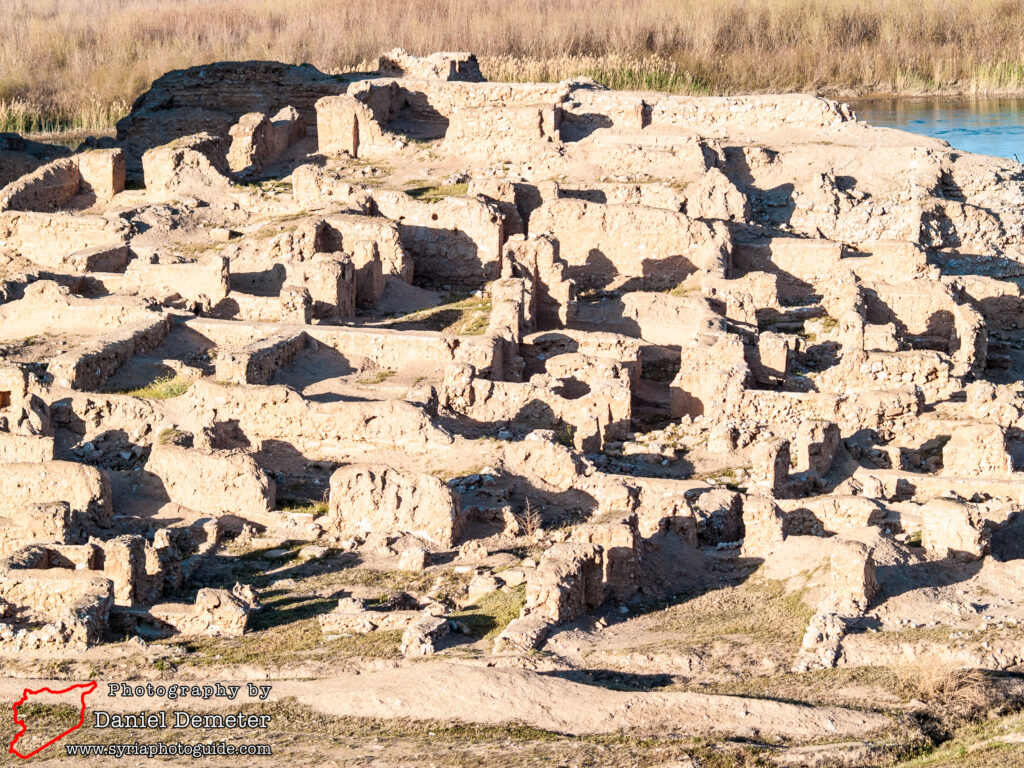
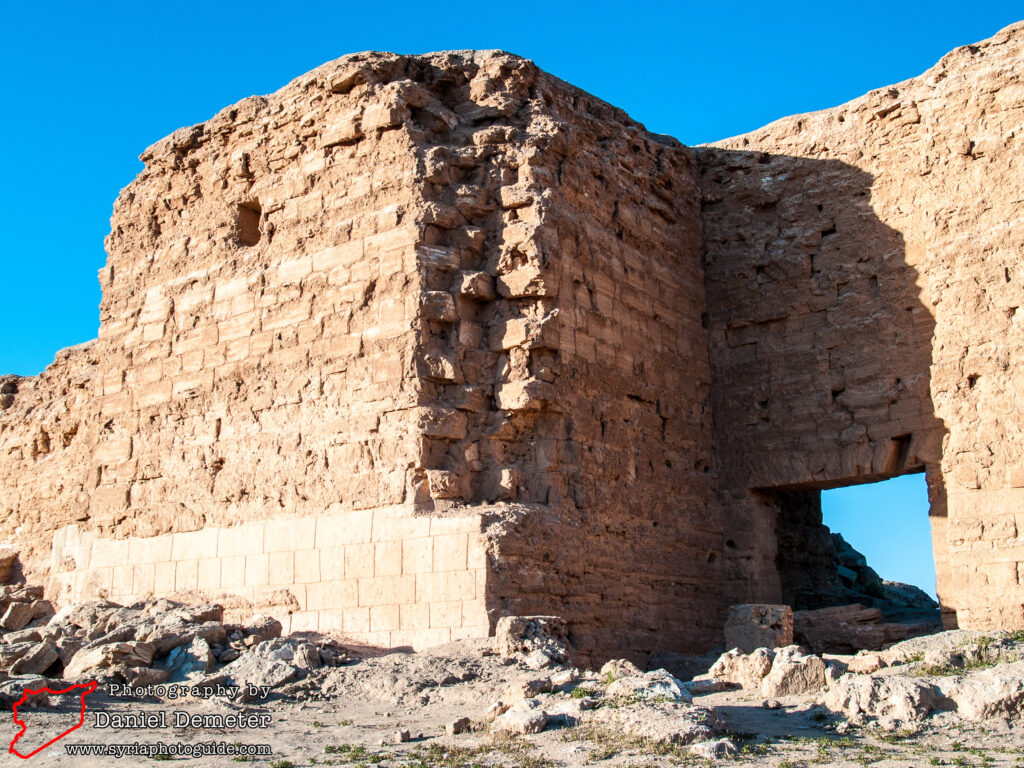
Getting There: Regular microbuses travel from Deir al-Zur (دير الزور) to the border town of al-Bukamal (البوكمال). Tel al-Salhiyeh/Dura Europos (تل الصالحية/دورا آوروبس) is located about one kilometer east of the main road, between the towns of al-Mayadin (الميادين) and al-Bukamal (البوكمال). The trip takes about forty-five minutes from Deir al-Zur (دير الزور). Make sure the driver knows where you’re headed, as the site can be easy to miss from the road.
Coordinates: 34°44’50.25″N / 40°43’49.93″E
Transliteration Variants: Tell al-Salhiyeh, Tal al-Salhiyeh, Tel al-Salahiyeh, Tell al-Salahiyeh, Tal al-Salahiyeh, Tel al-Salahiye, Tell al-Salahiye, Tal al-Salahiye, Tel al-Salhiye, Tell al-Salhiye, Tal al-Salhiye, Doura Europos
Rating: 7.5 / 10
